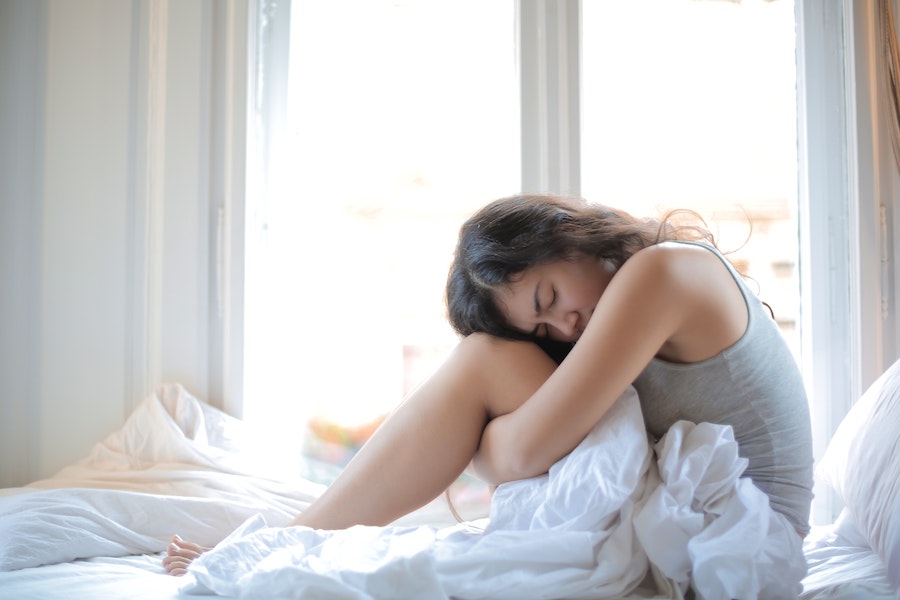It is estimated that 1 in 10 women struggle with endometriosis, and doctors are still working to understand the condition. It occurs when the uterine tissue develops outside the uterus and grows on other organs, which negatively affects their function and can cause intense pain. While endometriosis is most commonly associated with painful menstrual cycles, symptoms can also appear as pelvic pain not during the menstrual period, pain during sex, or even digestive and urinary issues. As you navigate the challenges and frustrations of daily life with this condition, here are some tips and advice for what you can do to help ease your pain and find daily relief. Schedule a visit with your doctor to discuss treatment options.

March is Endometriosis Awareness Month
Endometrisos is a burdensome consition that affects ~200 million reproductive age women worldwide and 1 in 10 women in the United States.
Current Treatments
Though some claim that homeopathic or natural remedies can adequately treat endometriosis, it, unfortunately, has no cure. Nevertheless, several different treatments are available to ease symptoms and improve quality of life. These options include surgery, hormone therapy, and oral medications. Depending on the severity of your condition, your doctor will determine which course of action is right for you and might require some trial and error to see what your body responds to. In the meantime, there are other steps you can take to make things more bearable and comfortable for you.
#1 – Use Heat Therapy
From heating pads to hot water bottles to rice-filled socks, heat is one of the best ways to relieve pelvic and menstrual cramping, as you can use them anytime. Soaking in a hot bath is also a great way to ease the pain as the heat penetrates the area from all sides at once. Wearable heat technology to bring that relief with you on the go is available today.
#2 – Stay Active
Exercising and getting active movement regularly produces endorphins, increases blood flow, promotes the healthy function of organs, and helps you feel better and stronger. Specific stretches and poses that twist and work the pelvic area may provide relief when other activities fail. Some women with endometriosis have also recommended doing yoga to reduce pain.
#3 – Get a TENS Unit
Short for Transcutaneous Electrical Nerve Stimulation, the TENS machine uses electric currents to target painful areas of the body. Electrodes are placed on the skin, and the electric current can be adjusted as it helps relax muscles and reduce the pain associated with cramps.
#4 – Take Medicine
While some doctors may prescribe certain types of medication, some women have found it helpful to take ibuprofen and other over-the-counter anti-inflammatory medications. While constantly relying on these medications can be harmful, they can help provide that extra relief when you need it.
#5 – Prioritize Your Overall Health
There are a lot of small actions you can take to make sure you stay healthy. Staying hydrated can help reduce bloating from endometriosis, and eating a balanced diet filled with fruits and vegetables will provide the essential nutrients your body needs. Additionally, try to get eight or more hours per night and have a consistent sleep schedule. Getting enough sleep and participating in other practices such as meditation can reduce some of the stress in your life that exacerbates your symptoms from endometriosis. Stress will also have an impact on your mental and physical health. Finally, remember to be kind to yourself on the days that are harder and more challenging than others. Endometriosis is a complex condition to live with, but it does not define you, and you can work together with your body to find balance and comfort in the years to come.




